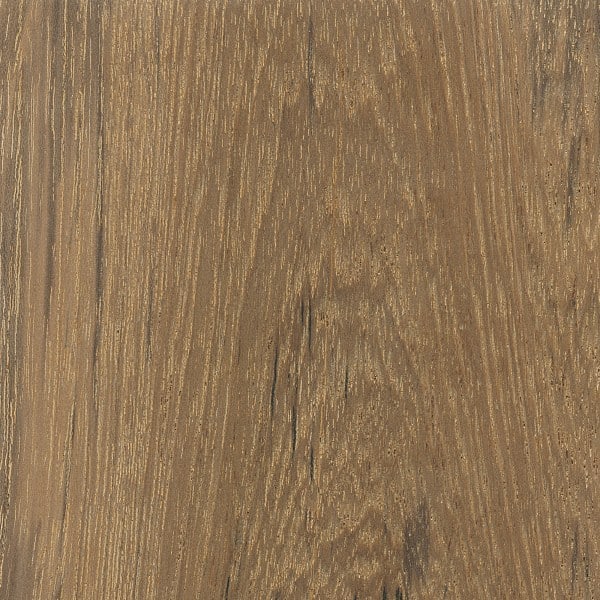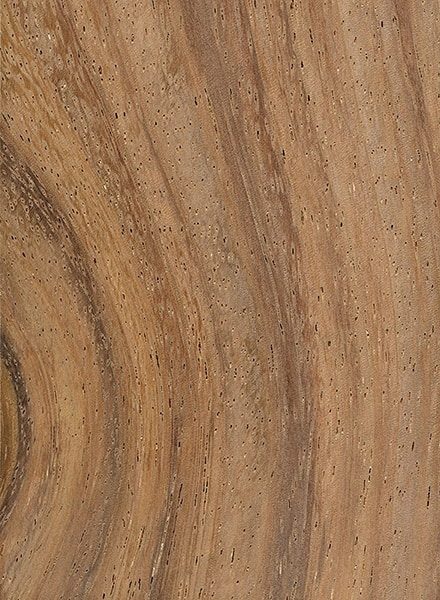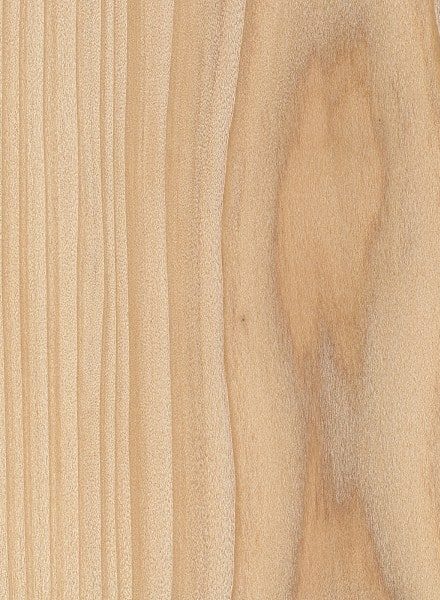Teak
tectona grandis
Native to southern Asia; Widely grown on plantations throughout tropical regions of Africa, Asia, and Latin America.
Fine.
Tropical hardwood.
Grain is straigh.
Dark coffee with visible, darker rings.
Average Dry Weight: 35.5 lbs/ft3 (580 kg/m3)
Janka Hardness: 1.070 lbf (4.740 N)
Specific Gravity: .55, .66
Sometimes called Burmese Teak, this name is used to differentiate natural-grown trees (typically from Myanmar, aka Burma) from Teak grown on plantations. Used extensively in India and within its natural range for centuries, Teak has grown into a worldwide favorite. With its superb stability, good strength properties, easy workability—and most of all, its outstanding resistance to decay and rot—it’s no wonder that Teak ranks among the most desired lumbers in the world.
Much like the many names and knockoffs of Mahogany, the moniker “Teak” has been affixed and assigned to a number of different woods seeking acclaim. The usual procedure is to take a wood bearing any degree of resemblance to Teak and insert a geographical location in front of the name. For instance, Cumaru is sometimes referred to as Brazilian Teak, while Rhodesian Teak bears little botanical relation to real Teak—Tectona grandis. The name Burmese Teak, however, does refer to genuine Teak.
Ready to start your next project?
Give us a call at (808)475-7545 for a quote.
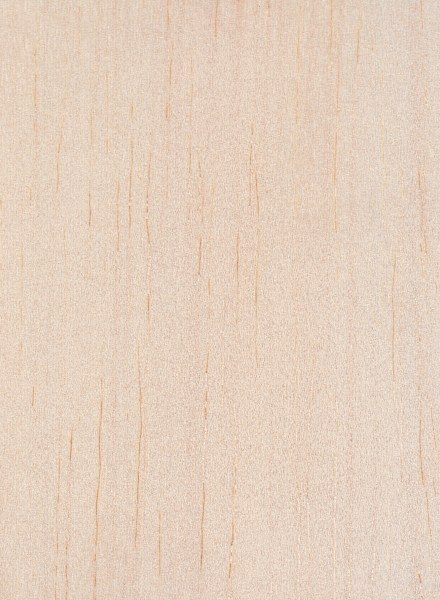
Balsam
Buoys, rafts, surfboards, model airplanes, musical instruments, packing/transport cases, core stock in sandwich laminations, and fishing lures.
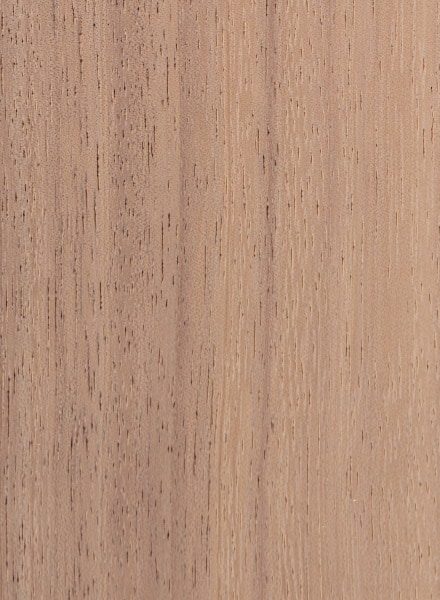
Monkeypod
Veneer, plywood, millwork/trim, carving, cabinetry, furniture, musical instruments (guitars and ukuleles), and other small specialty wood items.

